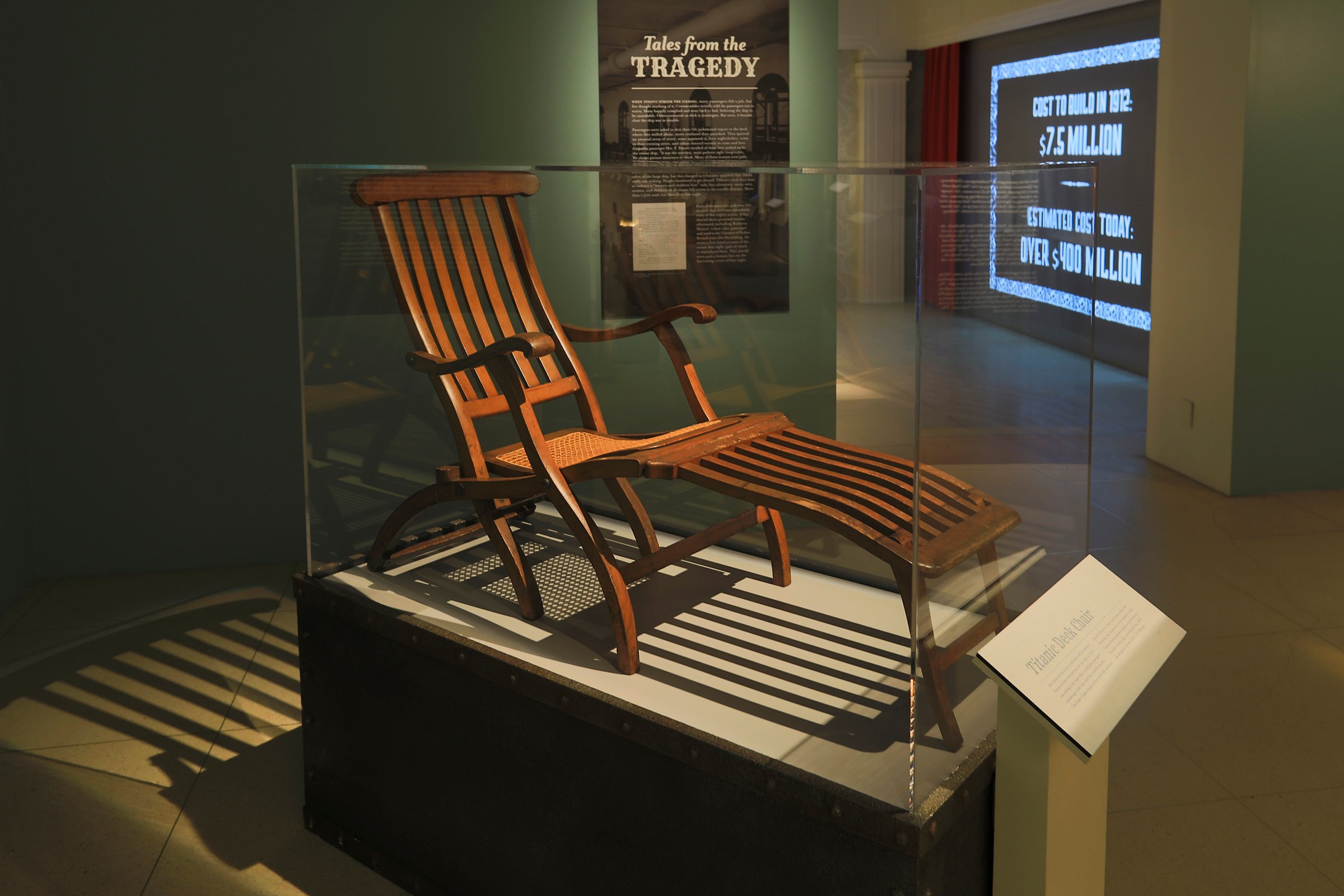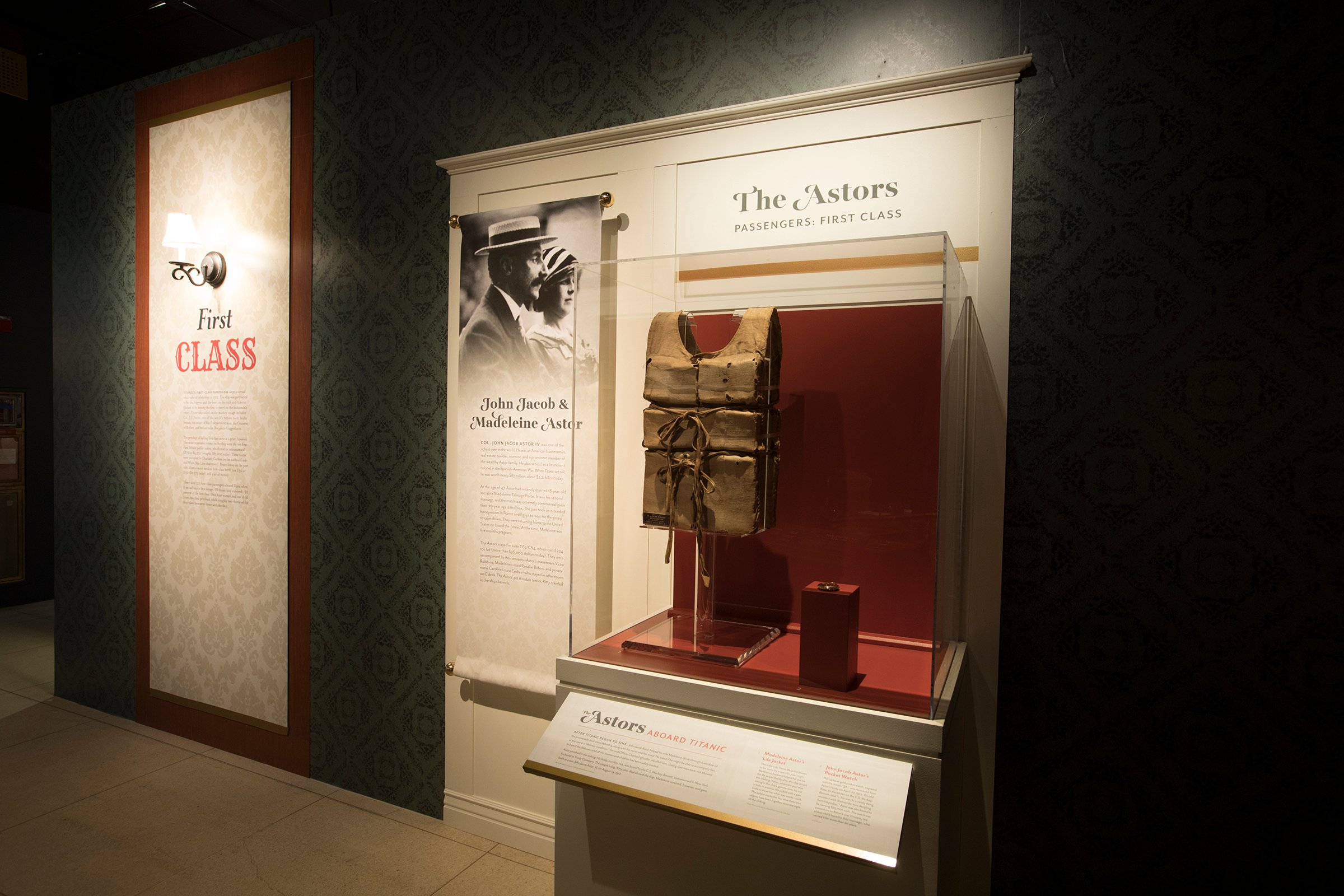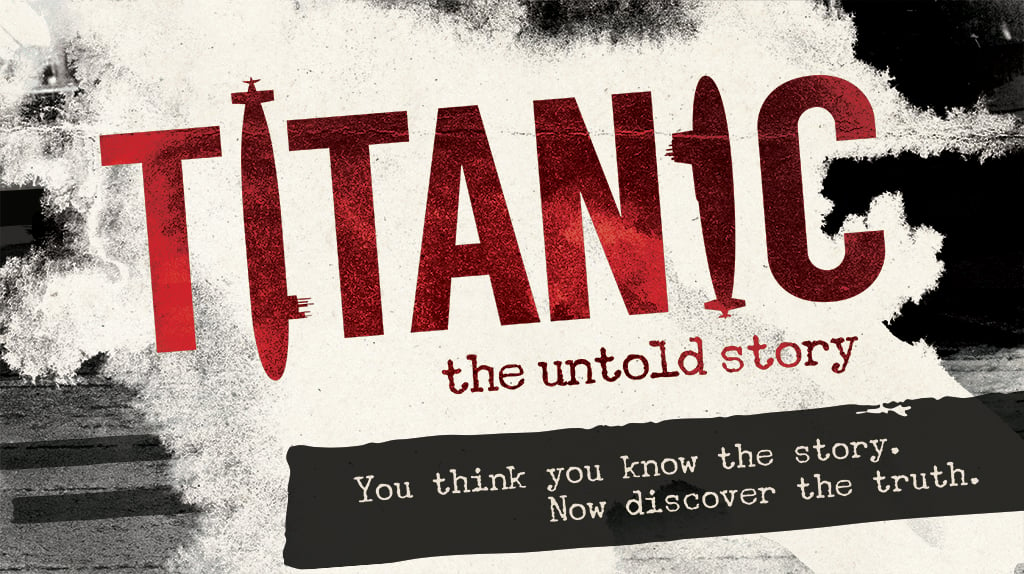The story of the Titanic has captivated people for decades. While you may think you know all there is to know about the ship’s fateful night and the discovery of its wreckage in 1985, there are many more elements to the story. Here’s what you’ll learn when visiting “Titanic: The Untold Story,” brought to you by the National Geographic Museum.
1. The search for the Titanic was a cover story for a top secret Cold War mission.

The U.S. Navy sent National Geographic Explorer-at-Large Bob Ballard on a top secret mission to investigate the remains of two nuclear submarines, the U.S.S. Thresher and the U.S.S. Scorpion, both of which had sunk to the bottom of the North Atlantic during the early years of the Cold War. It wasn’t until after his successful investigation of the Scorpion that Ballard requested to use the remaining 12 days and allotted resources of his expedition to find the Titanic.
2. Ballard’s expedition to study the Scorpion was integral to his discovery of the Titanic.

When the Scorpion sank in 1968 the submarine imploded. Ballard learned a tremendous amount from mapping the Scorpion—critically, how the debris from its implosion could be found for almost a mile. Ballard had an epiphany: don’t search for the Titanic, search for its trail of debris. This strategy led him and his team to discover the “unsinkable” ship on September 1, 1985, at a depth of 12,540 feet.
3. Ballard returned to the Titanic in 1986 to document the wreckage.

While the public was enthralled with the discovery of the Titanic, Ballard returned to the ship in a research vessel known as the HOV Alvin. Inside the Alvin was a 8,000 lb. titanium pressure sphere into which the 6’2” tall Ballard and two other men squeezed to dive down and document the wreckage. You’ll be able to stand face-to-face with the Alvin sphere when visiting the exhibition!
4. Only seven deck chairs from the Titanic are known to exist today.

Dozens of chairs were thrown into the water as Titanic was sinking in the hopes that they would serve as flotation devices for passengers until they could be rescued. However, the hypothermia caused by 28° water, rather than drowning, claimed most of the victims’ lives. Stacks of deck chairs were pulled out of the water by recovery ships, including the one on display at the exhibition.
5. Wallace Hartley, the bandleader aboard the ship, refused to stop playing even as the ship sank.

Wallace Hartley and the other musicians on the ship never stopped playing as the Titanic sank. They first played upbeat tunes and ended with softer songs to soothe the crowd. Many survivors reported that they ended with the hymn “Nearer, My God, to Thee.” His music pouch was found strapped to his body with the sheet music inside. Both are on display in the exhibition. Hartley was lauded as a hero and that same final hymn was sung at his funeral, which drew 30,000 people to pay their respects.
6. One of the most expensive suites on the Titanic was booked by J.P. Morgan, who later changed his plans and did not sail on that voyage.

You may recall Rose and Cal’s suite from the 1997 blockbuster movie Titanic—the actual set is on display at the exhibition! This suite, which included two bedrooms, a sitting room, two wardrobe rooms, and a private bath, was originally booked by financier J.P. Morgan. However, he changed his plans and the suite ended up being occupied by Charlotte Drake Cardeza, her son, Thomas, and her staff—they all survived that night.
7. Forty-seven-year-old John Jacob Astor, one of the richest men in the world, was aboard the ship on its maiden voyage with his 18-year-old wife, Madeleine.

As you can imagine, the Astors were quite the scandal, and to make matters worse Madeleine was five months pregnant at the time. They were returning to the U.S. for an extended honeymoon onboard the Titanic. As the ship was sinking, John Jacob helped his young wife climb through a window on the promenade deck to board a lifeboat but he was unable to join her under the decree of “women and children only.” He did not survive that night. Madeleine’s life jacket and John Jacob’s pocket watch are on display together for the first time at the exhibition.
8. The coat Marion Wright Woolcott wore while escaping the Titanic was considered her “lucky” coat.

Marion Wright Woolcott boarded the Titanic leaving her home in England to marry her fiancé in Cottage Grove, Oregon. She wore a wool coat while escaping the ship that tragic night and upon arriving in New York she married her fiancé as soon as possible—while still wearing the coat. Her coat was so “lucky” that she cut strips of fabric from it to make Bible covers for her three sons as they served overseas in the military during World War II—and they all survived.
Uncover these stories and more at the National Geographic Museum’s exhibition “Titanic: The Untold Story” located at 1145 17th Street NW, Washington, DC 20036. The exhibition is open daily from 10 a.m. to 6 p.m. through January 6, 2019. Get your tickets and share your story with #UntoldTitanic when you visit.







